Tobe Hooper’s seminal 1974 horror film The Texas Chainsaw Massacre was something of a surprise hit when it came to theaters. With a meager shoestring budget, the movie made back its production costs dozens of times over at the box office and made a significant gash into the horror genre that remains an open wound of inspiration to this day.
The film established a number of slasher genre tropes that would crop up repeatedly in the coming decades in other movies, such as the murderer using power tools as weapons, the killer being a monolithic, hulking figure whose face is obscured, and the film itself featuring kill after gruesome kill with just a single survivor escaping. Clearly, The Texas Chainsaw Massacre‘s popularity played a role in its influence. With a budget of just $140,000, that number represents just a fraction of the almost $30 million the movie was able to rake in at the box office, according to The Numbers.
Indeed, the large number of sequels, prequels, remakes, comic books, and other adaptations inspired by the original cult classic — the latest of which is a Texas Chainsaw Massacre game available now — is a testament to the story’s lasting endurance. Though the game is receiving a fair amount of praise, not every adaptation was a home run. Case in point: the fan-hated legacy sequel on Netflix that came out in 2022 and had the original movie’s name but none of its gruesome dread.
The plot of the original Texas Chainsaw Massacre centers around a group of friends who become the next victims of a family of cannibals while en route to visiting an old homestead, but is it based on a true story like the movie so famously claims at the beginning?
The short answer is no, it’s not a beat-for-beat recreation of actual events and is largely fictitious. However, it might surprise you to know some of the real-life influences that went into the making of the movie.
Serial killer Ed Gein: the man who had a mask of human skin
The most direct inspiration for Gunnar Hansen’s portrayal of Leatherface in The Texas Chainsaw Massacre was the real-life serial killer Ed Gein, who was suspected to have taken several victims between 1954 and 1957 near his home in Plainfield, Wisconsin.
Serving as the inspiration for a number of horror film antagonists, including Norman Bates from Psycho and Buffalo Bill from Silence of the Lambs, Gein reportedly really did wear a human scalp and face from his victims, according to Chasing The Frog.
However, rather than it being due to a skin disease, as with Leatherface, the practice was apparently part of Gein’s desire to physically embody his late mother. Gein was known to have worshipped her, somewhat similar to the Norman Bates character in Psycho, and to have been overwhelmed by grief and longing at her loss. Her absence from their shared family home also presumably freed Gein to engage in his grisly passion project; in fact, his home contained much of the gruesome content that wouldn’t be out of place in the fictional Sawyers’ home, such as the disembowled, decapitated victim, Bernice Worden, hanging from the rafters of his shed, which was discovered by police in Nov. 1957. Gein also reportedly wore a vest of human skin to further fulfill his desire of changing his body to emulate one closer to his mother’s.
The two known victims of Gein’s, Wordon and Mary Hogan, were shot with a pistol, however, and not butchered to death with a chainsaw like in the movie.
Serial killer Elmer Wayne Henley’s influence
While Gein was undoubtedly an influence on the film, The Texas Chainsaw Massacre co-writer Kim Henkel said in an article with Texas Monthly that another serial killer based in Texas, Elmer Wayne Henley, also inspired the story. Henley and David Owen Brooks were both teenage accomplices working with Dean Corll, who together abducted, tortured, raped, and murdered at least 28 teenage boys and young male victims between 1970 and 1973. While the 28th victim of the so-called Houston Mass Murders wasn’t identified until 2018, police and a search team in the Houston area are still active in trying to track down the remains of other possible victims, according to KHOU.
“I definitely studied Gein,” Henkel said. “But I also noticed a murder case in Houston at the time, a serial murderer you probably remember named Elmer Wayne Henley. He was a young man who recruited victims for an older homosexual man. I saw some news report where Elmer Wayne…said, ‘I did these crimes, and I’m gonna stand up and take it like a man.’ Well, that struck me as interesting, that he had this conventional morality at that point. He wanted it known that, now that he was caught, he would do the right thing. So this kind of moral schizophrenia is something I tried to build into the characters.”
Disturbingly, victims of Corll, who has been dubbed “Candy Man,” and his two accomplices, are believed to have as many as 20 more as-of-yet-undiscovered victims in the Houston area, according to Tim Miller, the founder of a volunteer missing persons search group in Texas called EquuSearch.
Chainsaws and holiday shopping
While serial killers were the main inspiration for the film, director and co-writer Tobe Hooper explained in a Texas Monthly article that the image of the chainsaw itself, and many chunks of the story, were seemingly downloaded in a single instance of inspiration from the collective zeitgeist while Hooper was witnessing the frenzy of Christmas shopping at Montgomery Ward during December of 1972.
“There were these big Christmas crowds, I was frustrated, and I found myself near a display rack of chainsaws. I just kind of zoned in on it. I did a rack focus to the saws, and I thought, ‘I know a way I could get through this crowd really quickly.’ I went home, sat down, all the channels just tuned in, the zeitgeist blew through, and the whole [darn] story came to me in what seemed like about thirty seconds. The hitchhiker, the older brother at the gas station, the girl escaping twice, the dinner sequence, people out in the country out of gas.”
Speaking of chainsaws, it’s likely at least some level of the visceral reactions from the actors in The Texas Chainsaw Massacre had an underlying basis in reality since actor Hansen used a real chainsaw in the movie — albeit with a piece of tape covering its brand name — the Poulan 306a. While the teeth of the tool were removed for some shots, there were nevertheless some close calls posing a real danger to cast members, at times, including a harrowing incident in which the active saw slipped from Hansen’s hands when he tripped, sending it flying in a dark scene in the woods. The actor covered his head and hoped for the best when the saw landed just a few inches away from him.
Social commentary
In terms of the title that appears at the beginning of the movie saying that “the film you are about to see is true,” while that may not align exactly with the facts of the various real-life serial killers and crazed shoppers that served as the inspiration for the movie we’ve examined thus far, there is much to be said about the movie’s metaphorical “truth” in its reflection of social commentary at the time.
Hooper himself acknowledged this dimension of the movie in a 2010 interview on Post Mortem with Mick Garris. In the interview, Garris asks Hooper whether he considers The Texas Chainsaw Massacre to be part of a generation of modern horror films made in direct response to the Vietnam War protests, for instance.
“Even if it wasn’t deliberate, it would have to come through its times, because the times were political. And the times were steeped in Vietnam,” the director replied. “And we had run out of gas, that had become part of the theme of… I mean, people were lining up two or three miles, to the gas pump. And there was rationing,” Hooper explained, referencing the 1973 oil crisis.
It’s a plot point in the movie that the main characters attempt to fill up on gas, but they’re told by the attendant that the station is bone dry. This leads to the characters being stranded at the Sawyers’ house.
The real-life Texas locales from the movie that are now tourist destinations
As long as we’re discussing how The Texas Chainsaw Massacre and real life intersect, it’s perhaps apropos to mention that the aforementioned gas station from the original film is now a restaurant where you can even spend the night in one of four mini-cabins behind it, according to KWES. The original home featured in the film is also a restaurant you can visit called the Grand Central Café, according to KVUE. However, you might want to call ahead if you want to visit in case there’s a chainsaw-wielding maniac lurking about.


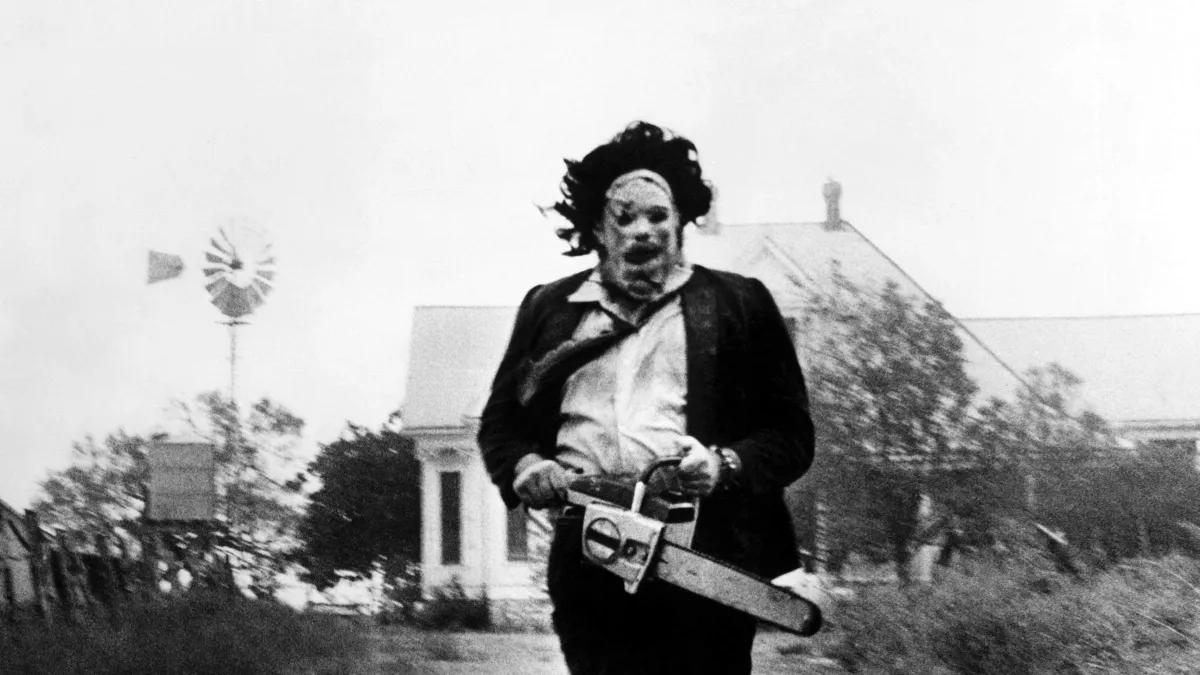
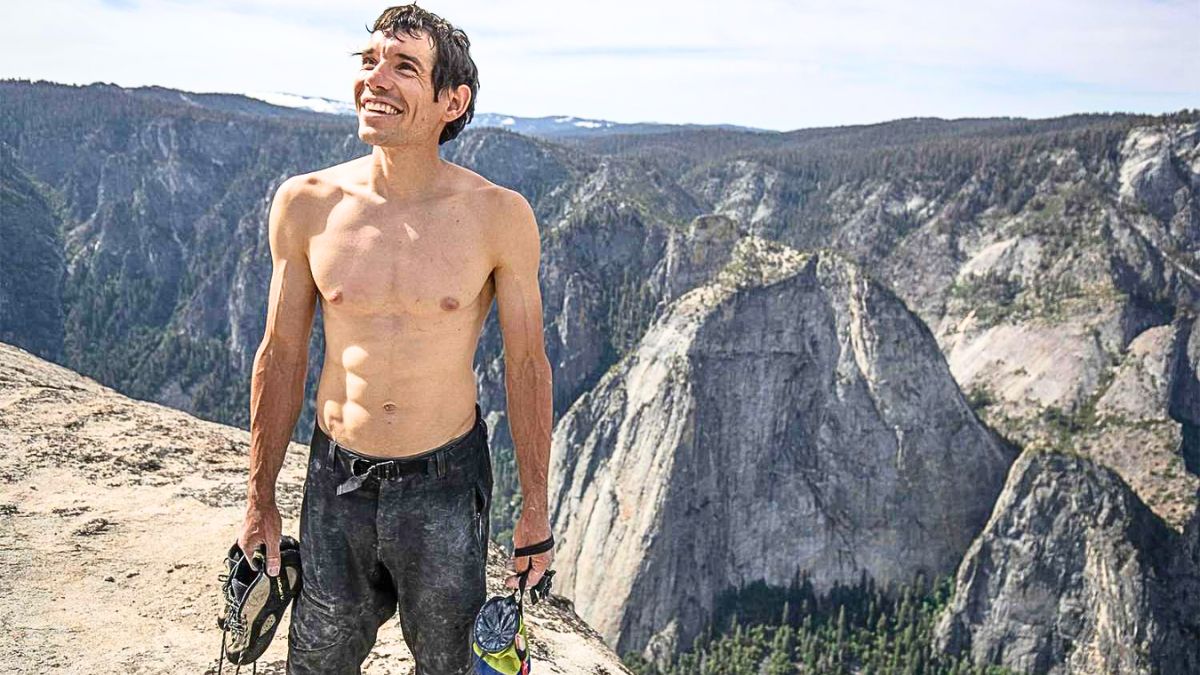
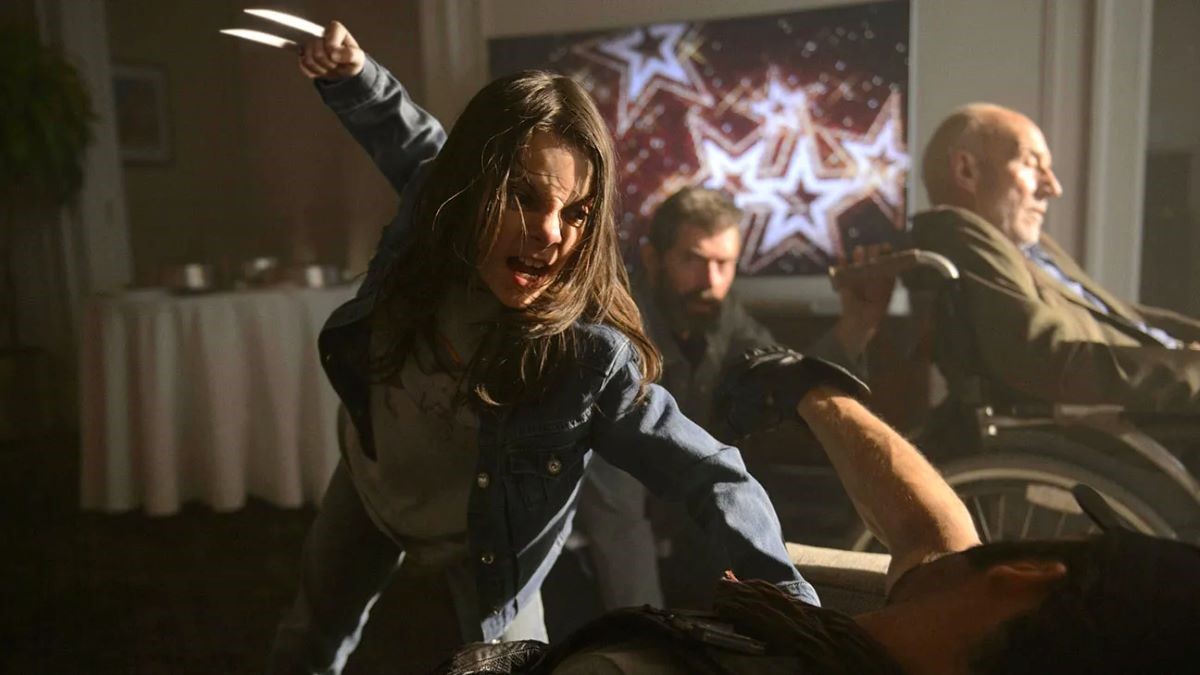
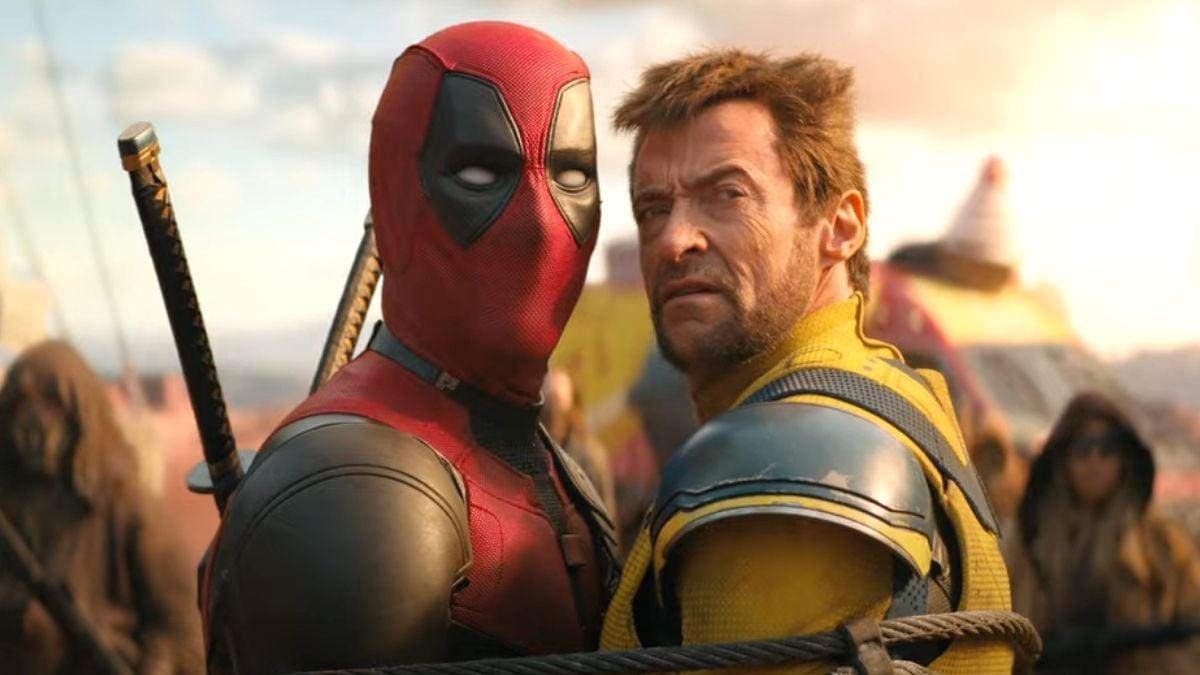
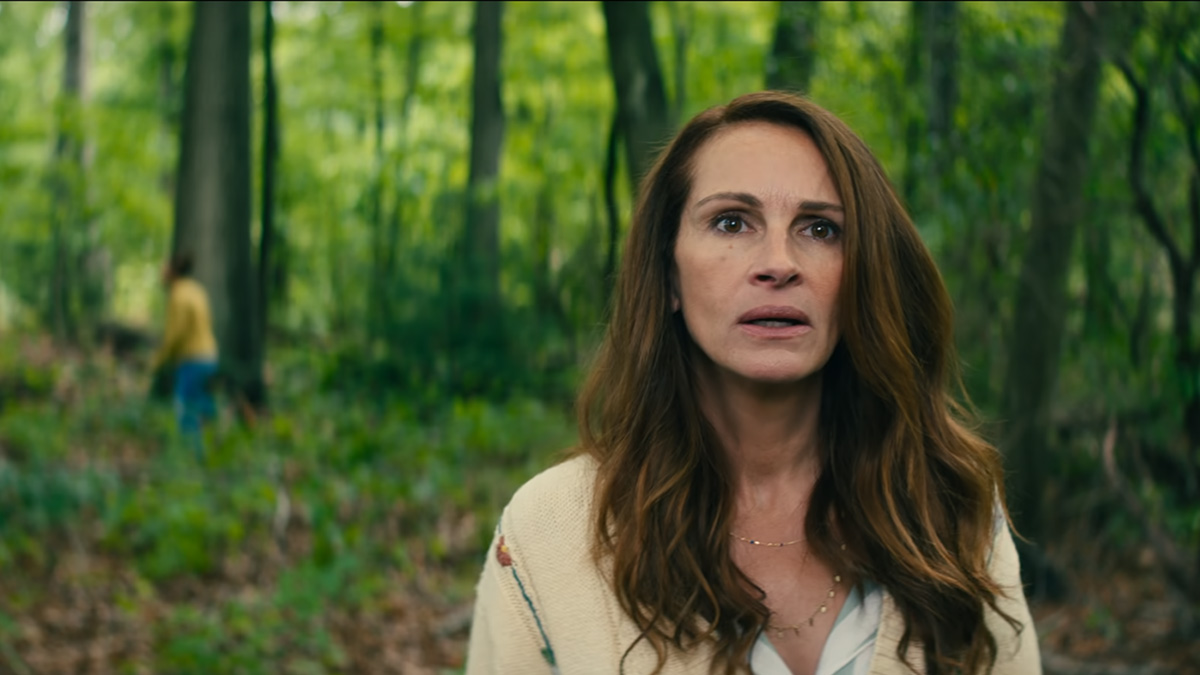
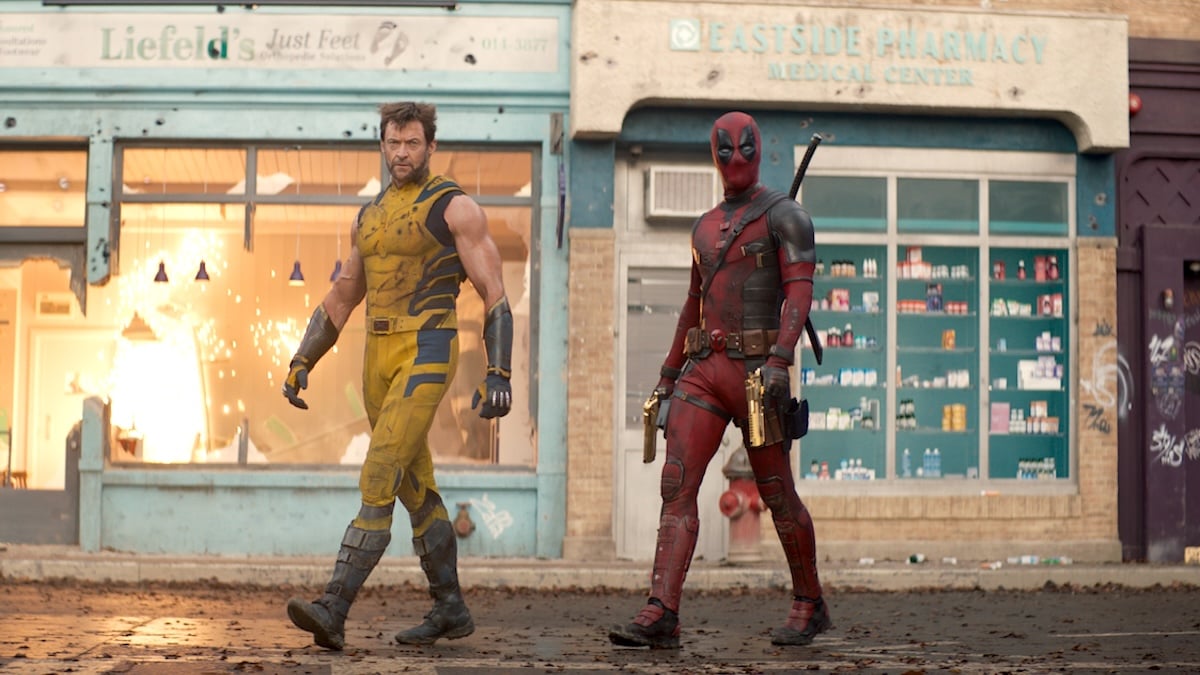

Published: Aug 18, 2023 12:25 pm